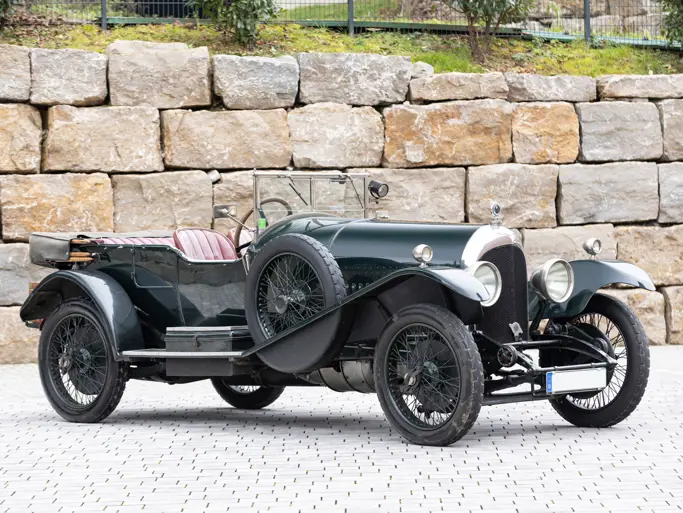22 hp, 960 cc OHV inline four-cylinder engine, three-speed manual transmission with reverse, solid front and rear axles with longitudinal leaf spring suspension, and rear wheel drum brakes. Wheelbase: 2,550 mm
In 1923, Fiat completed what remains one of the world’s most famous automobile factories, a vast new facility in the Lingotto district of Torino. The largest automobile manufacturing facility in the world at the time, the building was noted for its unusual design: a five-floored arrangement in which raw parts went into the first floor, construction progressed from floor to floor, and the finished car would be run on a test track on the roof.
The first car built in the new facility, the 509, was also all-new, the first mass-produced small car of many that Fiat would produce over the years. Offered with the ability to pay in monthly instalments (an unusual idea for the era), the car boasted a small 990-cubic centimetre overhead-valve four-cylinder engine with a three-speed transmission. Its engineering was evolved over the years, with the fall of 1926 bringing the updated 509 A, featuring an improved engine with better lubrication and more power.
Fiat had intended the 509 to be a universal automobile in the mould of the Model T Ford, and it sold over 90,000 examples worldwide between 1925 and 1929, making it a fine commercial success.
The Quattroruote Collection’s example is believed to have been added to the Collection around 1959 or 1960. A factory-bodied two-seat spider, it has exceptionally attractive and rather sporty lines, with a flat windshield that opens for ventilation, a vee’d scuttle over the dashboard, and a folding dickey seat for two additional passengers. The use of a single rear-mounted spare gives the front fenders the appearance of further length, adding to the car’s light and agile appearance. The paint and interior are both older and would benefit from freshening, while much of the mechanical components appear to have original finishes. Nonetheless, the Fiat has an exceptionally charming appearance and remains very solid and usable.
A significant model, the 509 stands as a landmark in the history of one of Italy’s great automotive names. This is a fine example with great eye appeal, from a long-term home in one of the finest Italian collections.
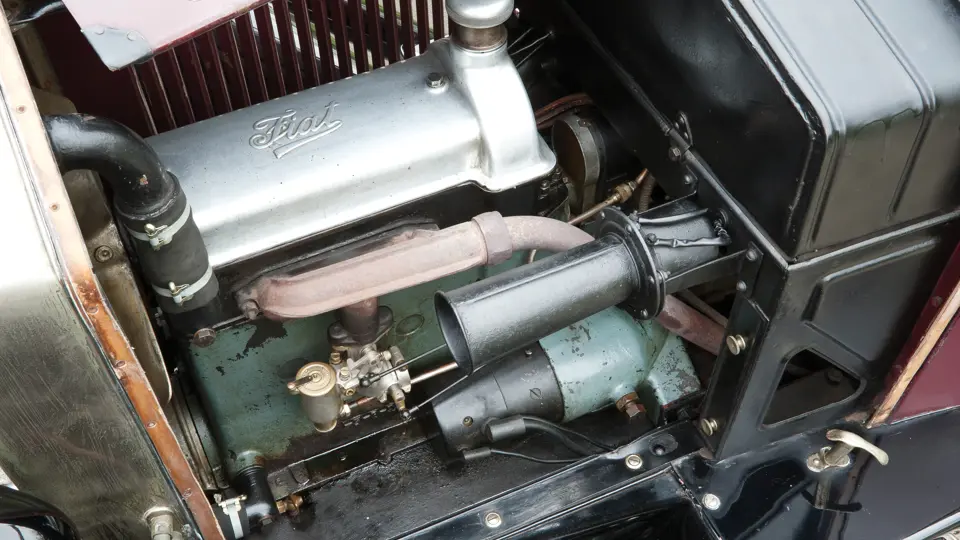
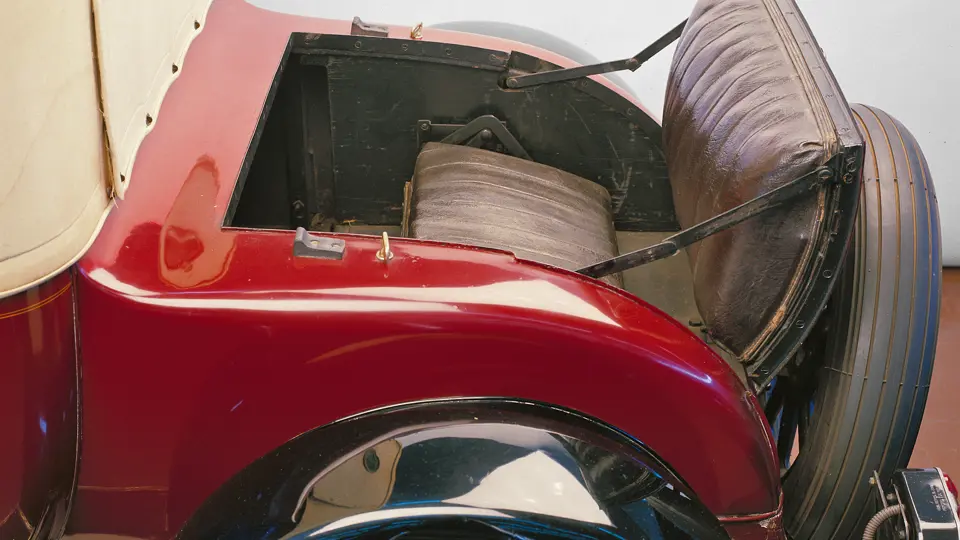


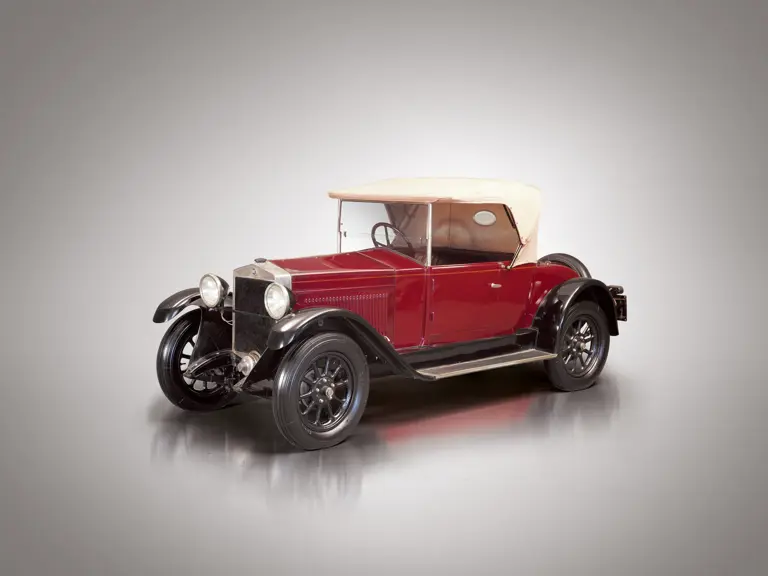

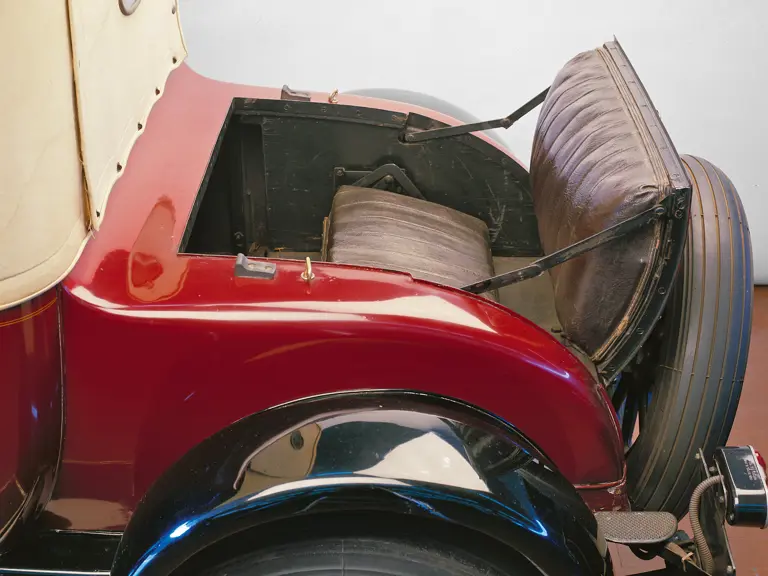
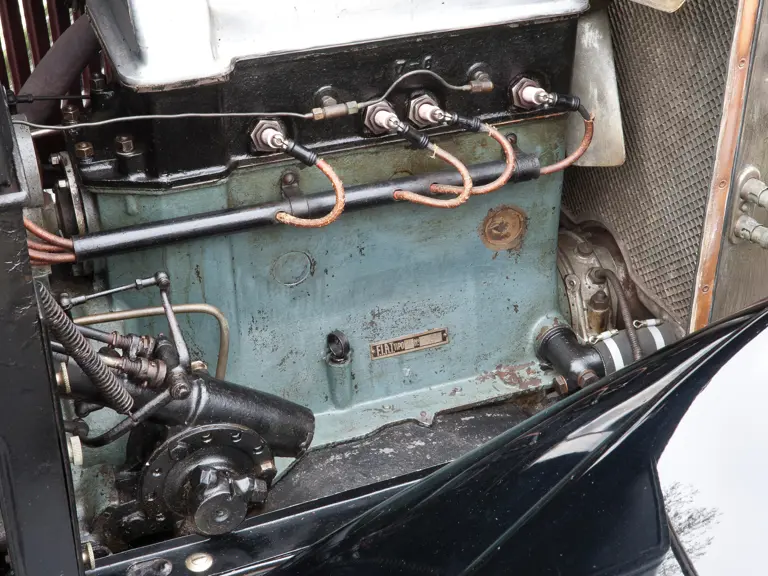
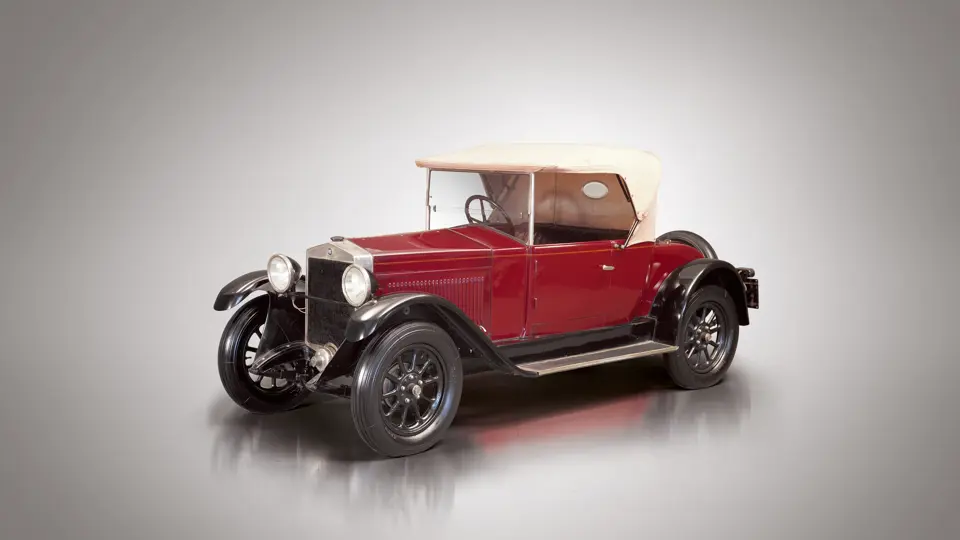
 | Monte Carlo, Monaco
| Monte Carlo, Monaco


